
Lithium production and acid demand
Rapidly increasing lithium production is projected to require several million t/a of sulphuric acid in the next few years, with China, the USA and Australia the main consumers.

Rapidly increasing lithium production is projected to require several million t/a of sulphuric acid in the next few years, with China, the USA and Australia the main consumers.

Carbon Recycling International (CRI), which operates a geothermally powered green methanol plant at Svartsengi, 40km southwest of Reykjavik, had to evacuate its site in late November when a 3km fissure opened in the earth a few kilometres away and lava began spilling across adjacent land. Satellite photos of the area taken on November 24 show a large field of molten and cooled lava to the north, west, and south of Svartsengi, though the plant itself remained undamaged. CRI’s Iceland facility runs on CO2 , water, and renewable electricity from the Svartsengi geothermal power station. CRI says the low-carbon energy source allows it to produce 4,000 t/a of methanol with a greenhouse gas footprint just 10–20% that of conventional methanol.

A complete list of all articles and news items appearing in Nitrogen+Syngas magazine during 2024.
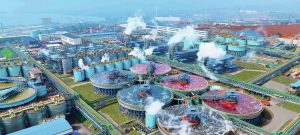
Nickel sulphate is an intermediate step in the production of materials for batteries, and is seeing rapid demand growth as the auto industry moves towards electric power trains.
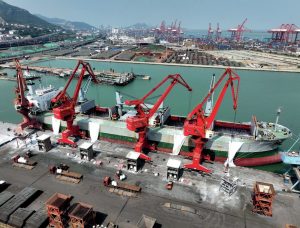
Although China remains the world’s largest phosphate producer, it has been overtaken as the largest exporter by Morocco in recent years as domestic producers face continuing restrictions on exports.
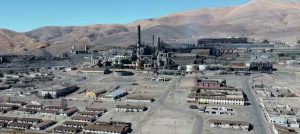
Chile’s environmental regulator SMA has filed a charge against state-owned Codelco, alleging emission violations at its Potrerillos copper smelter in the Atacama region of northern Chile. An audit showed the company had not implemented a monitoring system for sulphur dioxide emissions and other procedures in accordance with environmental standards for the plant, Reuters news agency reported. The SMA labelled the charge as serious, which could lead to a fine of around $4.1 million, and possible revocation of the environmental permit or closure. Codelco had ten days to submit a compliance plan, and 15 days to present a defence.

The Caspian Sea region is home to extensive sour gas reserves which produce large volumes of sulphur. Exports are difficult, but the Kazakh uranium industry is consuming an increasing amount.
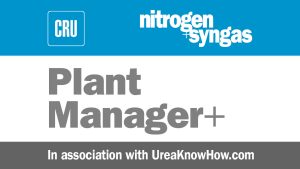
Part 1 of this series on stripper efficiency issues provided a brief history of the CO₂ stripping process and discussed how the invention of the HP CO₂ scrubber back in the 1960s revolutionised urea technology. In part 2 we take a look at how high liquid load can affect stripper efficiency.

Levity Crop Science has a growing reputation as a leader in functional fertilizers, offering novel products that boost nitrogen and calcium efficiency and the crop uptake of micronutrients such as boron, molybdenum and silicon. This has culminated in the recent completion of a new research and development centre near Preston in the UK.
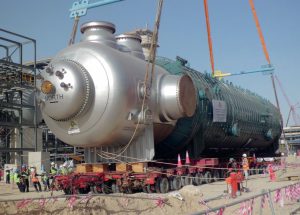
The Aecometric 3rd generation burner was developed, installed and commissioned for an SRU incinerator with increased stringent demands to reduce NOx emission and lower energy consumption. Mason Lee of Aecometric Corporation reports on the new burner design and performance. The emission test results show a significant improvement in addressing these environmental concerns to achieve low NOx (<50 mg/m3 ) combustion and minimise CO (<200 mg/m3 ) emissions.